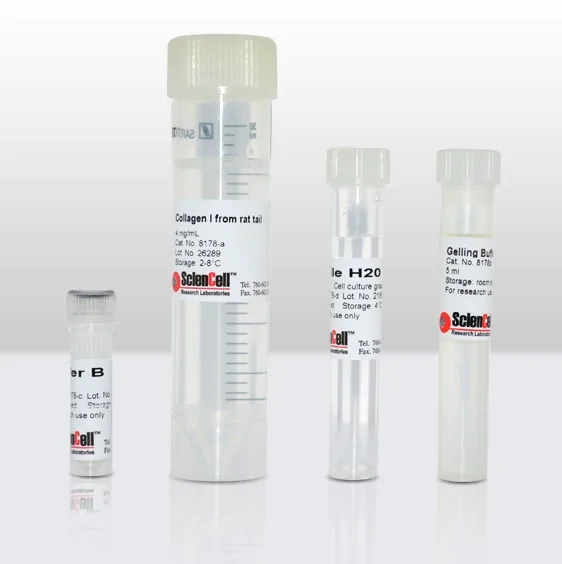Collagen I-3D Gelling Kit
Product Code:
SC-8178
SC-8178
Host Type:
Human
Human
Regulatory Status:
RUO
RUO
Shipping:
Dry Ice
Dry Ice
No additional charges, what you see is what you pay! *
| Code | Size | Price |
|---|
| SC-8178 | 100 mg | £198.00 |
Quantity:
Prices exclude any Taxes / VAT



